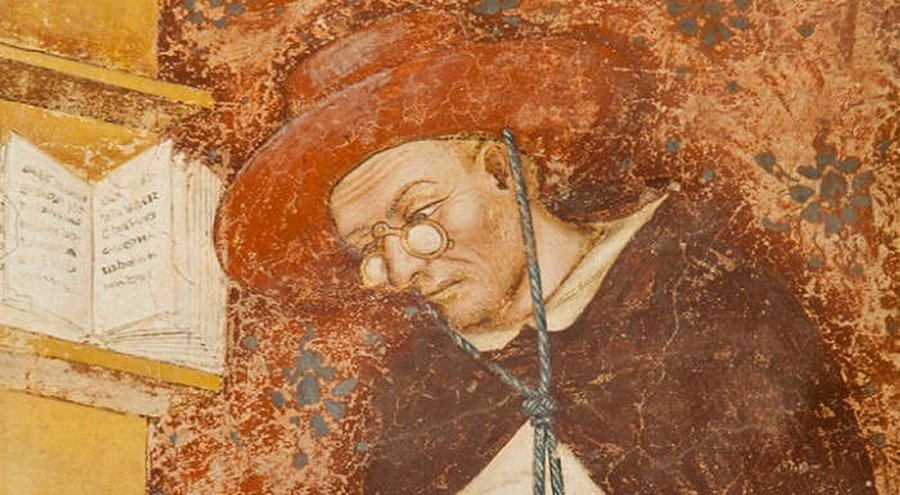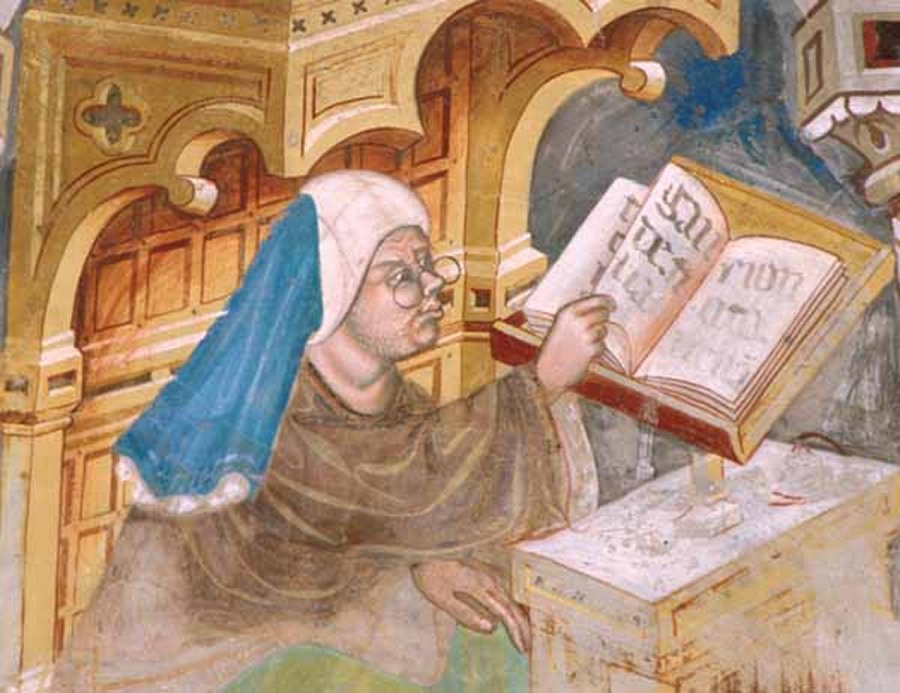History Of Eyeglasses: One Of The Most Important Inventions Is Lost To History
A. Sutherland - AncientPages.com - According to ancient sources, Seneca (c. 4 BC - AD 65), the Roman philosopher, statesman and dramatist used to read "all the books in Rome" by peering at them through a glass globe of water to produce magnification.
The so-called "reading stone" (a magnifying glass) was developed around 1000 A.D. It was a segment of a glass sphere that could be laid against reading material to magnify the letters. It enabled monks to read and was probably the first reading aid.
The earliest depiction of spectacles [eyeglasses] in a painted work of art occurs in a series of frescoes dated 1352 by Tommaso da Modena in the Chapter House of the Seminario attached to the Basilica San NicoloOffsite Link in Treviso, north of Venice, Italy
The solution to place a rounded chunk of quartz or glass onto the manuscript page and magnify the words one by one, was known to the ancients for a very long time. However, the name of the true inventor of eyeglasses - one of the most important inventions in human history - is lost to history.
Many individuals in our history have claimed to be credited or in fact, have been credited for their contribution to development of the eyeglasses (spectacles).
One of them is Roger Bacon (1214-1294), an English philosopher known as Doctor Mirabilis (Latin: "wonderful teacher"). He did not produce any useful pair of eyeglasses, but he wrote in his "Opus Major" (1267), a treatment of mathematics and optics, alchemy and astronomy, that:
A Dominican monk, Alessandro della Spina, who could reproduce any object he had seen with his own eyes, and made many copies, which he distributed with a "cheerful and benevolent heart…"
"lenses will prove [one day] to be a most useful instrument for old persons and all those having weak eyes, as they can see in this manner the small letters…"
It is generally believed that medieval craftsmen and monks in Pisa, Italy produced first form of eyeglasses around 1285-1289. The magnifying lenses were set into bone, metal, or leather frames, and connected together to form an inverted "V" shape that could be balanced on the nose.
At a monastery in Pisa, Italy, there is record of death (in 1313) of a Dominican monk, Alessandro della Spina, who could reproduce any object he had seen with his own eyes.
He had seen eyeglasses made by an unnamed person who wished to keep the invention for his own benefit. The monk, however,
"realized the great potential of the invention and made many copies, which he distributed with a "cheerful and benevolent heart…" (J. W. Rosenthal, "Spectacles and other vision aids")
One must say that the strongest and most convincing records have their source in Italy.
On February 23, 1306, Giordano da Pisa, a famous preacher of his age, delivered an oration at the Dominican monastery of Santa Maria Novella in Florence, Italy.
He wrote the following:
The eyeglasses became a symbol of wisdom, magic and even sanctity.
Many medieval artists portrayed biblical personalities even most famous ones like Moses and the apostles wearing spectacles.
"It is not yet twenty years since there was found the art of making eyeglasses, which make for good vision, one of the best arts and most necessary that the world has.
And it is so short a time that this new art, never before extant, was discovered.
I saw the one who first discovered and practiced it, and I talked to him..."
Soon, the eyeglasses became a symbol of wisdom, magic and even sanctity. Many medieval artists portrayed biblical personalities even most famous ones like Moses and the apostles wearing spectacles.
Frescoes by Tomasso da Modena dated to 1352, were probably the earliest ones, depicting monks reading and copying manuscripts using magnifying glasses that were perched on the nose.
Probably, the oldest artifact in form of pair of eyeglasses is that found accidentally in an old volume dated to the 15th century. It can be viewed in the Nuremberg Museum, Germany.
See also:
Did Leonardo Da Vinci Invent Contact Lenses In 1508?
Fascinating Ancient History Of Fingerprints
Struggle To Get Mail On Time Has Lasted More Than 5,000 Years – Part 1 - 3
In 1271, a great explorer and traveler, Marco Polo, was on his first voyage to China, and for the first time, he saw older people wearing eyeglasses for reading. The Chinese knew the spectacles for a long time.
Chinese historians say that eyeglasses came to China from Arabia around 1071.
According to the Chinese beliefs, the lenses were said to contain a spirit that was believed to help wearer's vision and increase importance of a person wearing them.
There are numerous versions of who invented eyeglasses and/or where they were originated. However, it does not mean we are able to credit their true inventor.
"Much has been written, ranging from the valuable to the worthless, about the invention of spectacles; but when it is all summed up, the fact remains that the world has found lenses on its nose without knowing whom to thank..." Vasco Ronchi (1897-1988), an Italian physicist known for his work in optics, said.
Written by A. Sutherland - AncientPages.com Staff Writer
Copyright © AncientPages.com All rights reserved. This material may not be published, broadcast, rewritten or redistributed in whole or part without the express written permission of AncientPages.com
Expand for referencesReferences:
J. W. Rosenthal, Spectacles and Other Vision Aids
F. J. Goes, The Eye in History
More From Ancient Pages
-
 Mysterious And Unexplained Encounter With Unusual Tiny Beings In Italy – A Strange Connection – Part 2
Featured Stories | Jan 18, 2022
Mysterious And Unexplained Encounter With Unusual Tiny Beings In Italy – A Strange Connection – Part 2
Featured Stories | Jan 18, 2022 -
 3,000-Year-Old Geoglyphs May Depict The Heavens
Archaeology | Jun 25, 2018
3,000-Year-Old Geoglyphs May Depict The Heavens
Archaeology | Jun 25, 2018 -
 Strange Encounter With A Dead Medieval Army In Normandy – Or Were They Visitors From A Parallel World?
Featured Stories | Nov 5, 2017
Strange Encounter With A Dead Medieval Army In Normandy – Or Were They Visitors From A Parallel World?
Featured Stories | Nov 5, 2017 -
 The Untold Story Of The Lost City Of Machu Picchu Ignored By Historians
Ancient Mysteries | Aug 4, 2020
The Untold Story Of The Lost City Of Machu Picchu Ignored By Historians
Ancient Mysteries | Aug 4, 2020 -
 Why Do Some Cities Only Last A Century While Others Prosper For A Thousand Years Or More?
Archaeology | Mar 6, 2023
Why Do Some Cities Only Last A Century While Others Prosper For A Thousand Years Or More?
Archaeology | Mar 6, 2023 -
 Hidden Mega-Monument Discovered At Laona, An Ancient Burial Mound In Cyprus
Archaeology | Aug 15, 2022
Hidden Mega-Monument Discovered At Laona, An Ancient Burial Mound In Cyprus
Archaeology | Aug 15, 2022 -
 Tarascan Indians: Intriguing Pre-Columbian Civilization Of Artists, Warriors And Skilled Metallurgists
Civilizations | Sep 9, 2021
Tarascan Indians: Intriguing Pre-Columbian Civilization Of Artists, Warriors And Skilled Metallurgists
Civilizations | Sep 9, 2021 -
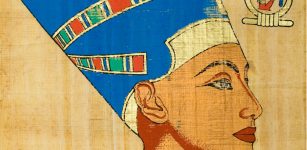 What Happened To The Mysterious And Beautiful Queen Nefertiti?
Featured Stories | Apr 4, 2017
What Happened To The Mysterious And Beautiful Queen Nefertiti?
Featured Stories | Apr 4, 2017 -
 Story Of Uncle Sam – Symbol Of The United States Government
Ancient Symbols | Apr 24, 2017
Story Of Uncle Sam – Symbol Of The United States Government
Ancient Symbols | Apr 24, 2017 -
 Ancient Chaco Was Organized Society Ruled By Women, Study Suggests
Archaeology | Mar 6, 2017
Ancient Chaco Was Organized Society Ruled By Women, Study Suggests
Archaeology | Mar 6, 2017 -
 Naupa Huaca: The Enigmatic Stone Temple In A Cave In Peru
Featured Stories | Sep 10, 2020
Naupa Huaca: The Enigmatic Stone Temple In A Cave In Peru
Featured Stories | Sep 10, 2020 -
 How Did People Go To The Toilet In The Past Before The Invention Of The Flush Toilet?
Archaeology | Jun 10, 2023
How Did People Go To The Toilet In The Past Before The Invention Of The Flush Toilet?
Archaeology | Jun 10, 2023 -
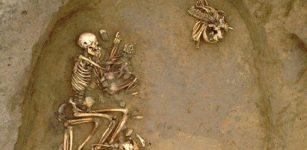 Ancient DNA Has Traced Large-Scale Migrations Into Bronze Age Britain And The Emergence of The Celtic Language
Archaeology | Dec 30, 2021
Ancient DNA Has Traced Large-Scale Migrations Into Bronze Age Britain And The Emergence of The Celtic Language
Archaeology | Dec 30, 2021 -
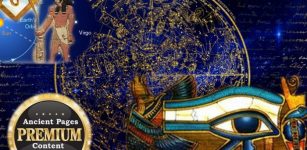 Hidden Connection Between The Zodiac, Ancient Egypt, Freemasonry And Christianity
Ancient Mysteries | Aug 14, 2018
Hidden Connection Between The Zodiac, Ancient Egypt, Freemasonry And Christianity
Ancient Mysteries | Aug 14, 2018 -
 On This Day In History: Treaty of Bergerac Ratified – On Sep 17, 1577
News | Sep 17, 2016
On This Day In History: Treaty of Bergerac Ratified – On Sep 17, 1577
News | Sep 17, 2016 -
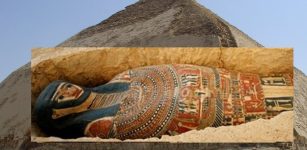 Egypt Opens Two Ancient Pyramids And Unveils Newly Found Sarcophagi And Mummies
Archaeology | Jul 15, 2019
Egypt Opens Two Ancient Pyramids And Unveils Newly Found Sarcophagi And Mummies
Archaeology | Jul 15, 2019 -
 Early Human Settlement Unearthed In Tajikistan’s Zeravshan Valley Gives New Insights Into Human Expansion
Archaeology | Nov 5, 2024
Early Human Settlement Unearthed In Tajikistan’s Zeravshan Valley Gives New Insights Into Human Expansion
Archaeology | Nov 5, 2024 -
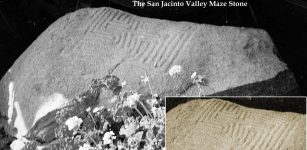 Baffling Prehistoric Maze Stones In Hemet And San Jacinta Valley, California
Ancient Symbols | Jun 24, 2016
Baffling Prehistoric Maze Stones In Hemet And San Jacinta Valley, California
Ancient Symbols | Jun 24, 2016 -
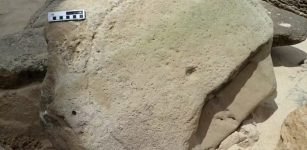 Our Ancestors Made Drawings In The Sand At The Beach 140,000 Years Ago – Scientists Say
Featured Stories | Jul 21, 2023
Our Ancestors Made Drawings In The Sand At The Beach 140,000 Years Ago – Scientists Say
Featured Stories | Jul 21, 2023 -
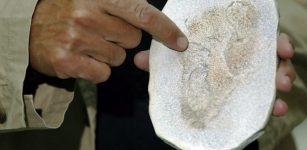 Oldest Known Fossil Footprints Discovered On Crete By Polish Researcher Challenge Established Theories Of Human Evolution
Archaeology | Nov 11, 2017
Oldest Known Fossil Footprints Discovered On Crete By Polish Researcher Challenge Established Theories Of Human Evolution
Archaeology | Nov 11, 2017

